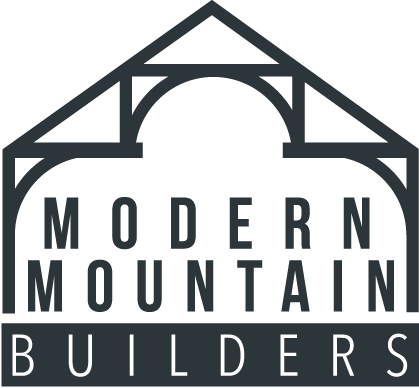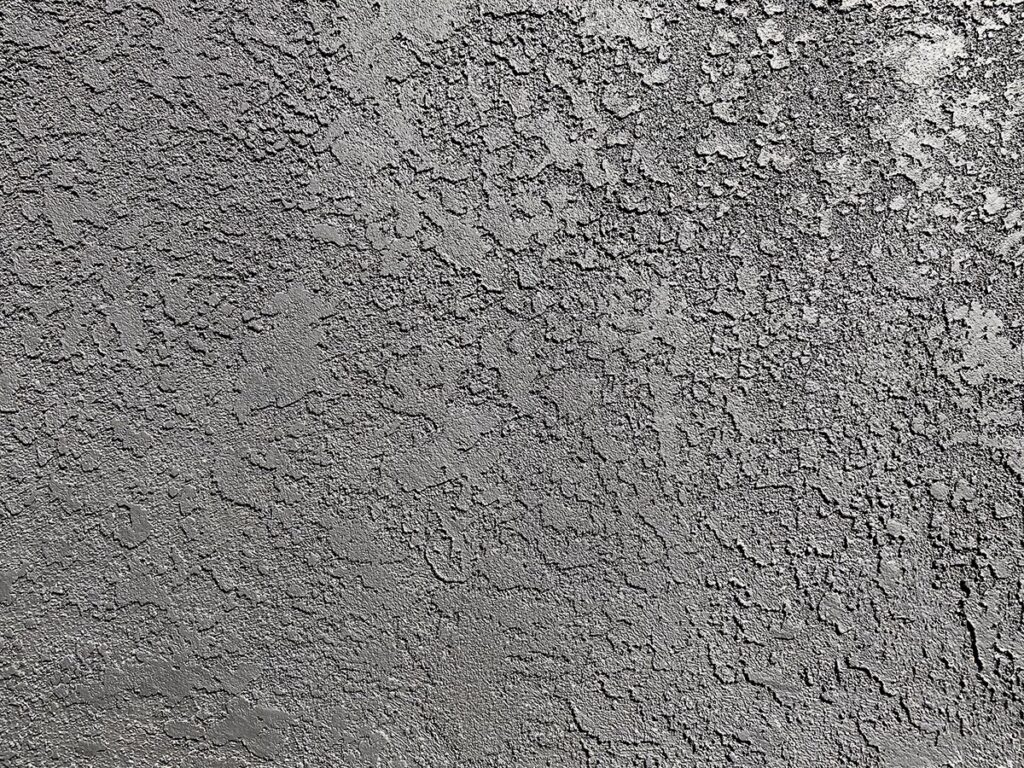Since our humble beginnings over three decades ago, we have adhered to building science as a core tenet. We have been in the minority through the years and have witnessed the consequences of builders who do not invest the extra time and money required to produce healthy, high-performing, and durable houses.
There are a few things to remember when installing stucco on the exterior of a house. We will give you a quick rundown on what to look for if you have an exterior stucco façade. If you don’t have time to read everything, here is the bottom line:
Any reputable custom stucco installer must install a drainage mat or rainscreen behind their installations to create a drainage plane and ventilation space. No exceptions. No excuses. No shortcuts.
Stucco can absorb water when wet, retaining that moisture for a while. If the weather is correct, the absorbed water may be driven inward. Still, when it dries on the exterior, the ventilation holes created by specific building materials and methods keep water from entering the home’s walls. The drainage plane (or ventilation space) behind the stucco allows water to drain down the wall behind the stucco to the ground instead of entering the house.
What are the proper stucco installations on a wood-frame home? The layers should be included from the interior to the exterior, starting with:
- Plywood sheathing
- Water barricade
- Rainscreen or drainage mat
- Lath
- Stucco scratch coat
- Stucco finishing coat
The International Residential Code (IRC) requires only a “water-resistive, vapor-permeable barrier with a performance at least equivalent to two layers of Grade D paper on wood-frame homes with stucco.” The code recommends a drainage plane by combining flashing with the first layer of building paper. Still, this two-layer plus flashing method has yet to protect the sheathing behind stucco from moisture damage in our climate. Because “building per code” is not always sufficient to provide high-quality construction and longevity in your custom home, having a builder who creates beyond the code is frequently crucial.
It is important to note, however, that a builder who prioritizes building science best practices will ensure that a sufficient drainage gap behind stucco is achieved through a drainage mat or a rainscreen.
An experienced custom home builder must ensure that the stucco is applied correctly to ensure success. The contractor should ensure that no material is placed at the bottom of the drainage plane and ventilation space, preventing the stucco from clogging the rainscreen gap. Second, all edges must be sealed, especially those of parapets, balconies, and other exposed areas. The contractor should also ensure that the edges of parapets and other exposed areas are properly sealed. Finally, the contractor should ensure that all joints are properly taped and sealed.
To prevent water damage, stucco must be installed correctly around windows and exterior doors. Head flashing, flashing tape, or liquid-applied sill pans should also be properly flashed to avoid moisture damage. Even if stucco is applied correctly, incorrect flashing around windows and exterior doors may result in moisture penetration and damage.
When choosing a custom builder, assess if they are dedicated to continuous learning and development in building science. Choosing an expert, high-quality builder to build your custom home will ensure that your home is healthier, performs better, and is built to last.
You may also like: Here Are 10 Ways to Give Any Home a Custom Look.
Click here for a free quote for the best luxury new construction and home remodeling in Asheville, NC.


